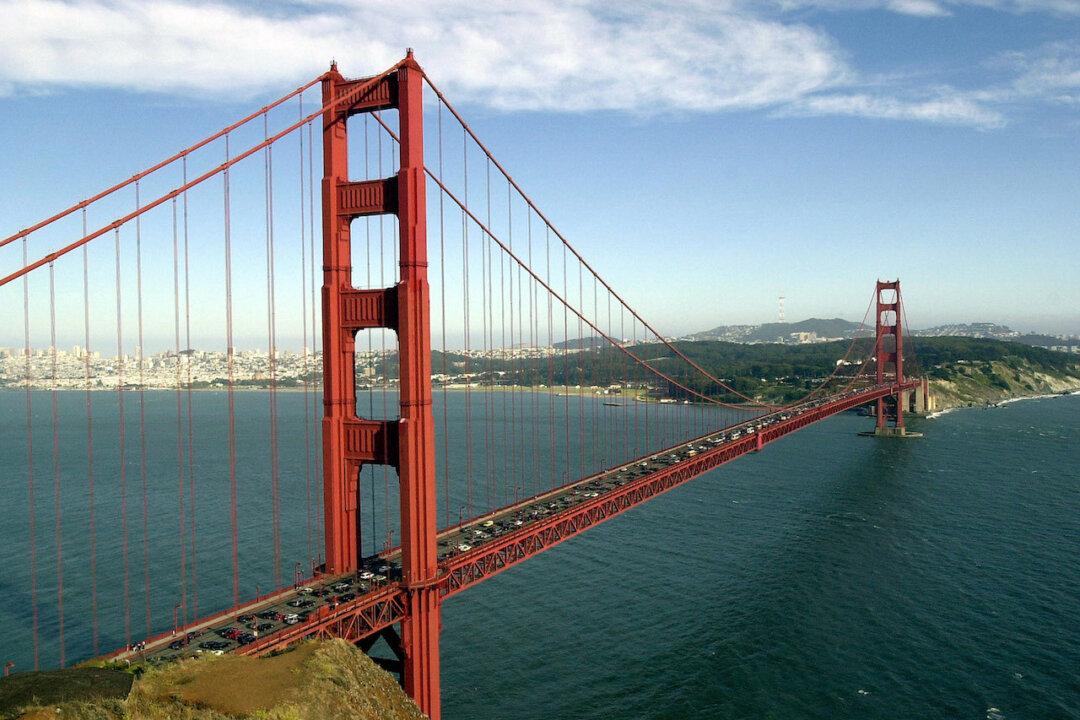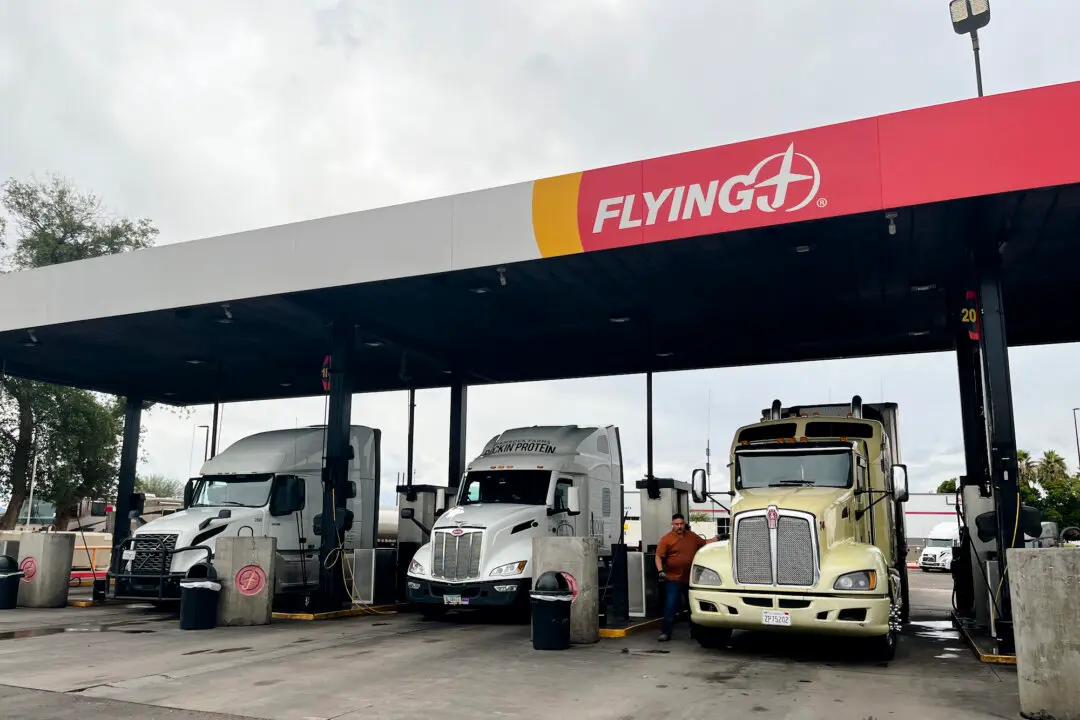The Department of Transportation (DOT) announced on Jan. 23 it would be spending $400 million on upgrades and safety measures for California’s Golden Gate Bridge.
“We’re investing $400 million to replace, retrofit, and install critical structural elements on the Golden Gate Bridge that will make it more resilient during earthquakes and ensure commuters and businesses alike can continue to rely on it,” the department said in a statement posted on Twitter.





